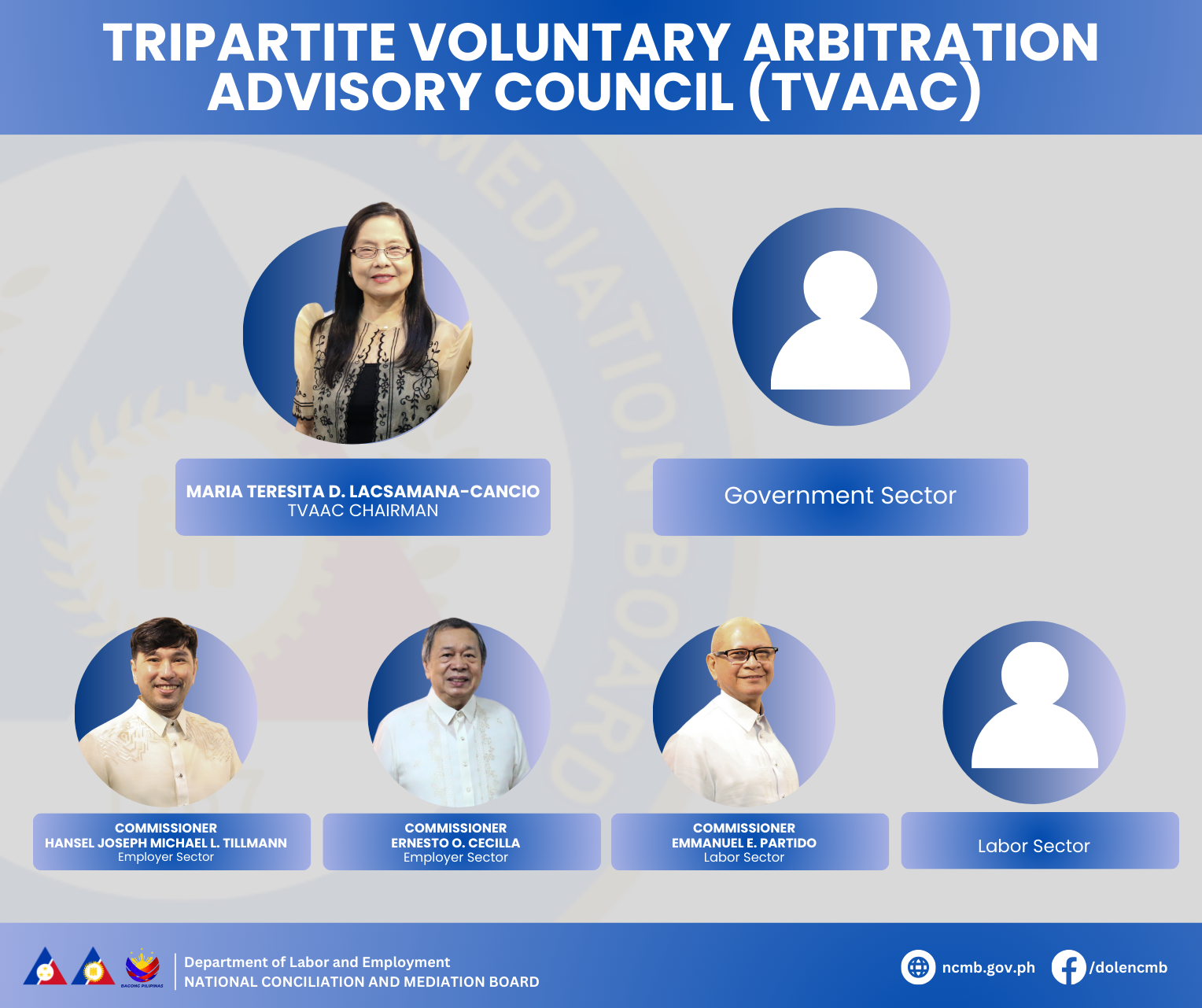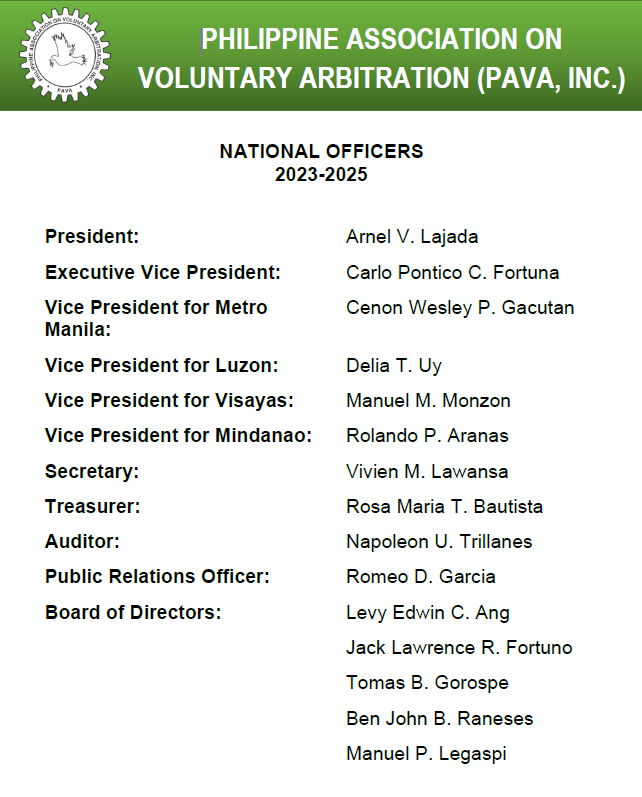GRIEVANCE MACHINERY refers to the mechanism for the adjustment and resolution of grievances arising from the interpretation or implementation of a CBA and those arising from the interpretation or enforcement of company personnel policies.
WHAT IS A GRIEVANCE?
A grievance or “grievable issue” is any question raised by either the employer or the union regarding any of the following issues or controversies:
-
-
-
- The interpretation or application of the CBA;
- The interpretation or enforcement of company personnel policies; or
- Violation of any provision of the CBA or company personnel policies.
-
-
WHEN IS THERE A GRIEVANCE?
In the technical or restricted sense, there is a grievance when a dispute or controversy arises over the implementation or interpretation of a collective bargaining agreement or from the implementation or enforcement of company personnel policies, and either the union or the employer invokes the grievance machinery provision for the adjustment or resolution of such dispute or controversy.
COULD THERE BE A GRIEVANCE WITHOUT A UNION OR A CBA?
If the term grievance is to be applied in the loose or genetic sense, any dispute or controversy respecting terms and conditions of employment which an employee or group of employees may present to the employer can be a grievance, even without a union or CBA. Under this interpretation, any complaint, question or problem that an employee or group of employees may wish to take up or discuss with the employer respecting terms and conditions of employment for the purpose of resolving or satisfying the same, constitutes a grievance. The expansion of the original and exclusive jurisdiction of voluntary arbitrators to include questions arising from the Interpretation and enforcement of company personnel policies has the effect of widening the meaning and interpretation of a grievance to include a situation where there is no collective bargaining agent and no CBA.
GRIEVANCE PROCEDURE
Refers to the internal rules of procedure established by the parties in a Collective Bargaining Agreement, or in case of unorganized establishments, the workers and the management, with voluntary arbitration as the terminal step, which are intended to resolve all issues arising from the implementation and interpretation of their collective agreement. Curtly put, it provides for a peaceful way of settling differences and misunderstanding between the parties.
DEFAULT GRIEVANCE PROCEDURE UNDER DOLE DEPARTMENT ORDER NO. 40, SERIES OF 2003.
In the absence of a specific provision in the collective bargaining agreement or existing company practice prescribing for the procedures in handling grievance, the following shall apply:
(a) An employee shall present this grievance or complaint orally or in writing to the shop steward. Upon receipt thereof, the shop steward shall verify the facts and determine whether or not the grievance is valid.
(b) If the grievance is valid, the shop steward shall immediately bring the complaint to the employee’s immediate supervisor. The shop steward, the employee and his immediate supervisor shall exert efforts to settle the grievance at their level.
(c) If no settlement is reached, the grievance shall be referred to the grievance committee which shall have ten (10) days to decide the case. Where the issue involves or arises from the interpretation or implementation of a provision in the collective bargaining agreement, or from any order, memorandum, circular or assignment issued by the appropriate authority in the establishment, and such issue cannot be resolved at the level of the shop steward or the supervisor, the same may be referred immediately to the grievance committee.
Where grievance remains unresolved, either party may serve notice upon the other of its decision to submit the issue to voluntary arbitration. (Section 2, Rule XIX of D.O. 40-03, as amended)
STANDARDS FOR EFFECTIVE GRIEVANCE PROCEDURE
Adaptable to all types of grievances;
Designed to facilitate early settlement of grievances;
Encourages settlement of grievances at the lower steps with clear authority of supervisors/managers to decide;
OBJECTIVES AND BENEFITS OF ESTABLISHING GRIEVANCE MACHINERY
-
-
-
-
- To give employees an opportunity to voice their concerns;
- To provide employees with the opportunity to appeal a decision and to resolve the problem;
- To prevent minor disagreements from developing into full blown disputes.
- To provide for peaceful resolution of disputes;
- To provide a systematic way to resolve problems through fact finding;
- To identify causes of problems;
- To keep the lines of communication between the parties open during the life of the contract;
- To provide a method of interpreting the contract;
- To protect the integrity of the contractual agreement;
- To build an organizational climate based on openness and trust; and
- To improve labor-management relations.
-
-
-
PRIMER ON GRIEVANCE MACHINERY
The Search
In 2013, the National Conciliation and Mediation Board, in collaboration with the Tripartite Voluntary Arbitration Advisory Council (TVAAC), started the “Search for Best Enterprise-Based Dispute Resolution Practices”. This was in recognition of the efforts of labor and management in resolving issues at the company level, thereby, contributing greatly in enhancing labor-management relations. The awarding ceremony was simultaneously done during the conduct of the National LMC Convention.
The Search was renamed in 2017 as “Search for Outstanding Grievance Machinery for Industrial Peace” for better name recall and to give emphasis on the grievance machinery program of the Board.
The Search continues to benchmark best practices and success stories on dispute resolution among the organized and unorganized companies. Participants are encouraged to showcase the best and milestone achievements of their grievance machinery or any other enterprise-based dispute resolution mechanism.
As in the past years, this year’s Search aims to highlight the contribution of GMs in enhancing labor-management relations towards company efficiency, productivity, competitiveness, and maintenance of industrial peace as a whole.
OBJECTIVES:
Specifically, the Search for Outstanding Grievance Machinery for Industrial Peace aims to:
-
-
-
-
-
Intensify awareness on the prevention and settlement of grievances at the enterprise-level;
-
Showcase GMs with innovations on dispute settlement and resolution practices that can serve as models to other enterprise-based dispute resolution schemes; and
-
Encourage labor and management partners to embrace innovative or new approaches in resolving workplace conflicts.
-
-
-
-
VOLUNTARY ARBITRATION refers to the mode of settling labor-management disputes by which the parties select a competent, trained and impartial person who shall decide on the merits of the case and whose decision is final, executory and binding.
2021 REVISED PROCEDURAL GUIDELINES IN THE CONDUCT OF VOLUNTARY ARBITRATION PROCEEDINGS
The Voluntary Arbitration Program and the NCMB
Voluntary Arbitration has been at the forefront of the government’s efforts to promote cooperative and non-adversarial modes of labor dispute settlement. The program has been taking government attention more than any other modes in an effort to look for more viable alternative to strikes and lockouts and the cumbersome and legalistic nature of compulsory arbitration in the settlement of disputes.
Voluntary arbitration reached its heights in 1987, barely a year after the EDSA Revolution, when then President Corazon C. Aquino issued Executive Order No. 126 which reorganized the Department of Labor and Employment that gave to the creation of the National Conciliation and Mediation Board (NCMB). Subsequent to EO 126, President Aquino issued Executive Order 251, creating the Tripartite Voluntary Arbitration Advisory Council (TVAAC), which advises the NCMB on matters pertaining to the promotion of voluntary arbitration as the preferred mode of dispute settlement.
The creation of the NCMB seemed to be just what was needed in addressing the acceptance and awareness problem that had previously hindered the promotion of the program. Apparently, utilization of voluntary arbitration in the settlement of labor disputes recorded gradual. Part of the schemes adopted by the Board to promote voluntary arbitration is the implementation of massive information dissemination campaign including the provision of a subsidy from the Special Voluntary Arbitration Funds (SVAF) to subsidize the cost of voluntary arbitration proceedings.
Republic Act 6715 that was passed in 1989 further strengthened the voluntary arbitration program. The Act provides for the mandatory use of the grievance machinery as a prerequisite to voluntary arbitration of disputes arising from CBA interpretation and implementation, as well as those arising from the interpretation or enforcement of company personnel policies. The State likewise adopted the policy to encourage voluntary arbitration of all labor-management disputes upon agreement of the parties. These provisions necessarily expanded the scope of voluntary arbitration, which should mean an extra push for its utilization. These provisions are operationalized by Articles 260 to 262 of the Labor Code, as amended by Section 256 of RA 6715.
RA 6727 (or the Wage Rationalization Act of 1989) and RA 6971 (the Productivity Incentives Act of 1919) further broadened the scope of voluntary arbitration to include those unresolved issues arising from the application of wage orders and matters arising from the interpretation and implementation of productivity incentives.
VA FORMS
-
-
-
-
- VA FORM 01-05 -Submission Agreement
- VA FORM 02-05 -Notice To Arbitrate
- VA FORM 03-05 -Notice of Request for the Selection of Voluntary Arbitrator
- VA FORM 04-05 -Appointment as Voluntary Arbitrator
- VA FORM – Arbitrator’s Reply Form
- VA FORM 05-05 -Arbitrator’s Reporting Form
- VA FORM 06 -Request for Subsidy Entitlement
-
-
-
 |
|||
-
-
-
- Code of Professional Conduct for Accredited Voluntary Arbitrators 01-25-2018
- TVAAC Resolution No. 2 Series of 2017 Resolution Requiring Certification of a Panel Deliberation by Chairperson of the Panel of Voluntary Arbitrators Prior to Rendering Decision
- TVAAC Resolution No. 1 Series of 2017 Rules in the Accreditation, De-Accreditation and De-listing of Voluntary Arbitrators
- TVAAC Resolution No. 1 Series of 2016 Amending the Guidelines on the Amount of Subsidy for Voluntary Arbitration Cases
- TVAAC Resolution No. 1 Series of 2009 Amending the Revised Procedural Guidelines in the Conduct of Voluntary Arbitration Proceedings and Authorizing the NCMB to Appoint Alternate Voluntary Arbitrator
- TVAAC Resolution No. 2 Series of 2009 Amending Guidelines on the Subsidy Entitlement Program By Providing Subsidy to Alternate Voluntary Arbitrator Appointed by the Board in Case of Absence, Death, Incapacity or Inhibition of the Previous Voluntary Arbitrator.
- TVAAC Resolution No. 3 Series of 2006 Amending the Guidelines on the Schedule of Fees Under the Subsidy Entitlement Program for Voluntary Arbitration Cases
- TVAAC Resolution No. 1 Series 1999 Amending and Consolidating the Guidelines on the Fees and in the Processing and Payment of Subsidy Entitlement for Voluntary Arbitration Cases.
- TVAAC Resolution No. 2 Series 1999 Establishing the Revised Expedited Procedures for Voluntary Arbitration of Labor-Management Disputes
- Memorandum of Agreement between NCMB and NLRC Assistance of Sheriff in the Execution of VA Decisions
-
-
2025 LIST OF ACCREDITED VOLUNTARY ARBITRATORS
 |
PAVA NATIONAL OFFICERS (2012-2014) |
| PAVA NATIONAL OFFICERS (2016-2018) | |










 Views Today : 383
Views Today : 383 Total views : 627064
Total views : 627064

